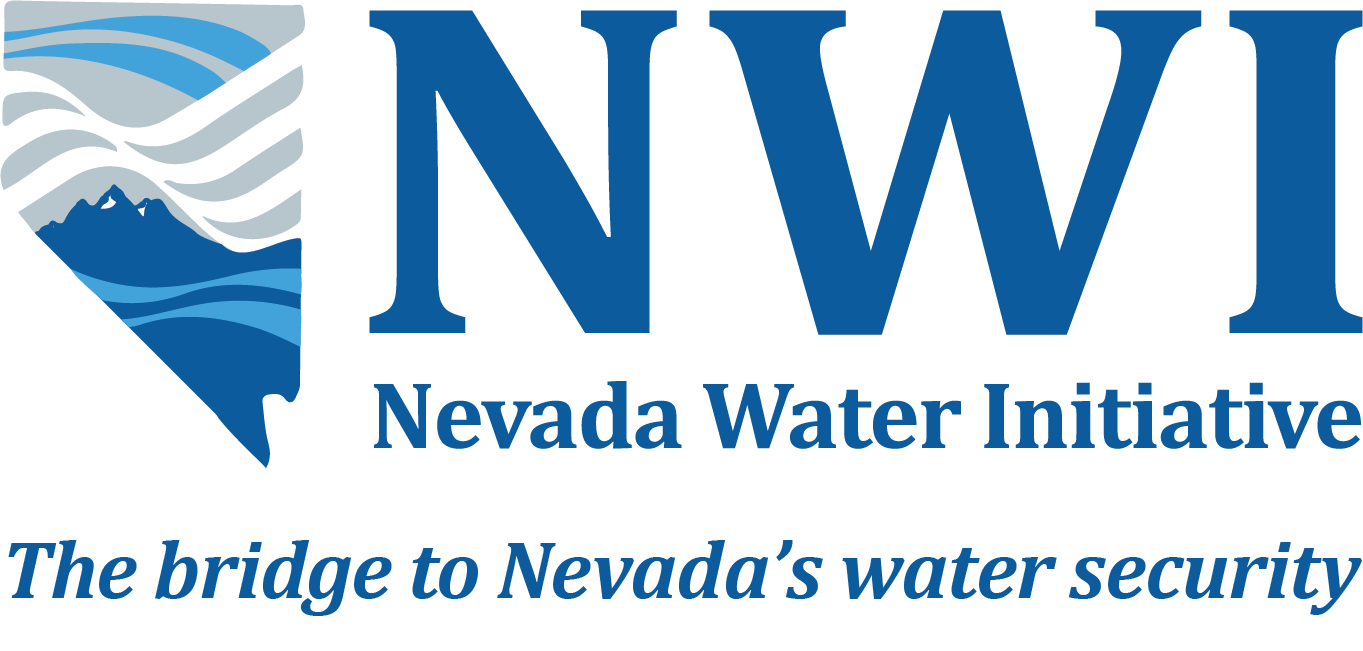In many places across the state of Nevada, groundwater is connected and flows between hydrographic basins through the subsurface. This is known as interbasin flow. Historically, interbasin flows have been attributed to many locations primarily to explain imbalances in uncertain groundwater budget estimates. For instance, if a basin was found to have significantly more recharge than discharge, and if geological conditions suggest subsurface flow out of that basin, then the concept of interbasin flow was used to “balance” the groundwater budgets. Imbalances in estimated hydrographic basin groundwater budgets can carry significant uncertainty and often insufficient for making conclusions about interbasin flow without supporting information. Therefore, verifying interbasin hydraulic connections and quantifying volumes of interbasin flow are crucial for improving the accuracy of hydrographic basin-scale groundwater budgets and for refining larger-scale conceptualizations of multiple-basin groundwater flow systems.
Interbasin hydraulic connections can be more effectively identified in areas where favorable observed hydraulic gradients and expected water-level fluctuations occur across a hydrographic divide, particularly where favorable permeable hydrogeology exists. Additionally, geochemical tracers from groundwater samples offer another method of providing information to support or refute proposed areas of interbasin flow.
The objective of this project phase is to investigate and reevaluate areas potentially experiencing interbasin flow across Nevada. A comprehensive database is under development to compile existing estimates of interbasin flow and documented locations of interbasin connections. This database will include information relevant to estimating the groundwater flux and characterizing the hydraulic connection between basins. Statewide water-level maps will be evaluated from more recent studies. Regional flow system boundaries will be evaluated in light of recent studies, with potential revisions proposed based on new data and modern understanding of groundwater flow and hydrologic connections. In the Pine Valley and Railroad Valley Demonstration Basins, new hydrologic and geochemical data will be collected to support these determinations.
As part of this statewide reevaluation, methods will be assessed for their applicability across diverse settings by applying them in Demonstration Basins or other areas of importance. This method assessment will culminate in the creation of a toolbox comprising descriptions of concepts and techniques that investigations can utilize to verify and quantify interbasin hydraulic connections and flow.
The results of this study and the accompanying toolbox of methods will be published in a Water Resources Bulletin report.
 |
